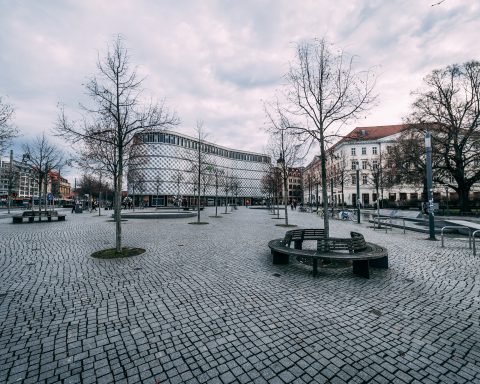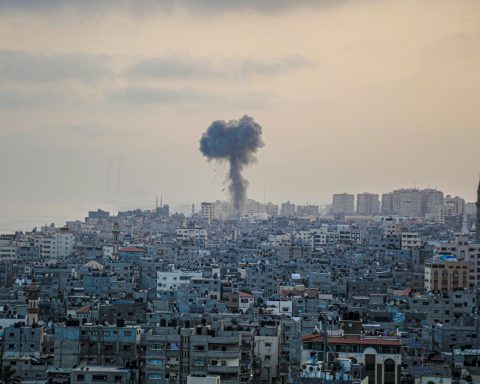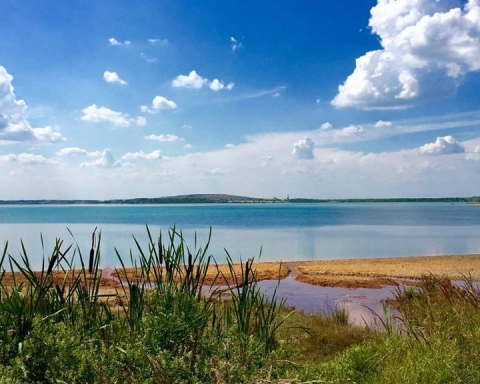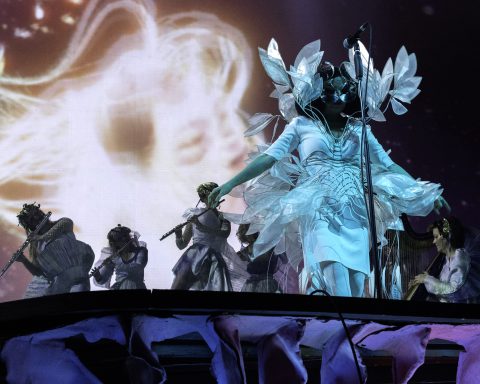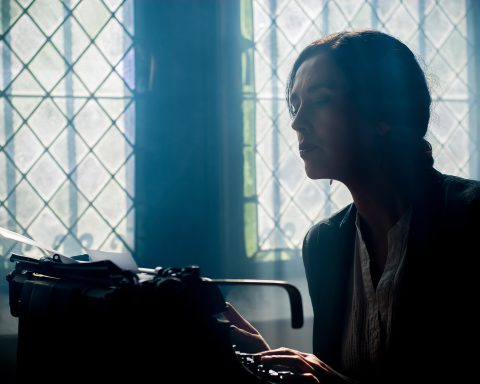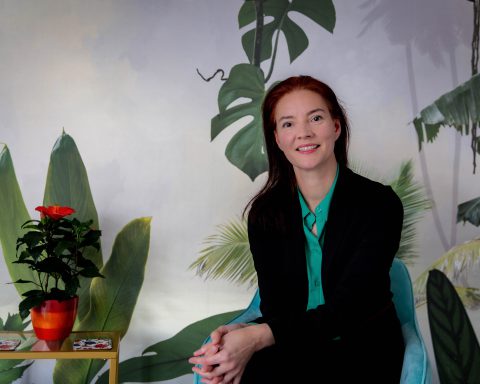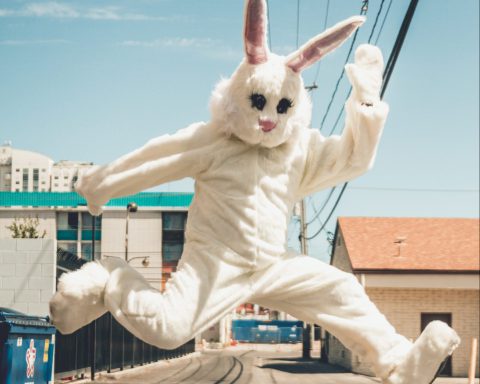A red post along the bridge’s side marks the point beyond which we shouldn’t go. Ahead of us, Russia; behind us, Estonia. I feel tempted to put one foot across it and see what would happen, but stop myself.

I wonder how many people have dared to without the proper clearance.
Smiley officers on the Estonian side are giving us – a group of PhD students and teachers – a tour of the heavily guarded border facility at the city of Narva. Relations between the former Soviet country and Russia are complex, with the shadow of the Soviet Union (as well as the renewed aspirations under Vladimir Putin) prevailing, representing a threat to the small Baltic nation surrounded by the formerly imperial giants of Russia (the “East”) and Sweden (the “North”).
Many ethnic Russians live in Narva, Estonia. It’s also home to what appears to be the country’s last surviving statue of Lenin, at Narva Castle, which we also visit. The mayor of Narva tells us that young people are leaving in droves, as the city is depressed in comparison to the more modernized Estonian beacons of Tallinn and Tartu.
Narva College, with its minimalist-chic interior and projectors indicating where the restrooms are, stands in great contrast to socialist-era buildings, the border, and old Narva Castle itself. It represents the image the Estonian government is trying to project to the world: modern, digital, young, dynamic, European. It looks like something out of Helsinki Design Week.
On this trip across Estonia’s cities and countryside, we also get to meet with folks from its government ministries.
To me, the main takeaway is that they’re very eager to have a role as leaders of digital innovation within the European Union. They’re anxious to break from the Soviet image and Russian foreign policy, although Russia remains one of Estonia’s top trade partners.

Further, we hear from members of the 13,000-strong Estonian Defense League, a civilian militia to be activated in case of foreign aggression. They make no secret that their main concern is Russia and that they are allowed to keep heavy weaponry at home.
It’s not an easy task to try to get a comprehensive snapshot of a country within a week. We manage to with Estonia, on this excursion a Leipzig University professor meticulously organized. It helps, of course, that the country is small.
Besides insights into political workings and into divides between the pro- and anti-Russian camps in the country – the former seemingly more present in Narva and Mustvee, bordering Russia – we get walking tours through the well-manicured touristic gems of Tallinn and Tartu. We sample Christmas tree-based desserts, epic cakes and fusion cuisine. We chat with service industry employees easily and cheerfully in English.

We hop onto a fast train, then take a van into the wilderness, and it’s there that the contrasts are thrown into sharpest relief.
Miles and miles of green and residential areas pass by and blend together in my head, interspersed with ruins. An eerily quiet town of Soviet buildings, frozen in time. Abandoned Soviet barracks where we spot a swastika on the wall, among other vandalism, filth and decay.

And then we come upon an art installation next to a restaurant on our inter-city way to ultra-modern Tallinn Airport. The work memorializes faceless immigrants all named “John Smith,” their heavy-block suitcases immovable – identified only with international city names. It looks like those blocks rained down from the sky, or that perhaps they happened to grow out of the ground right there.

